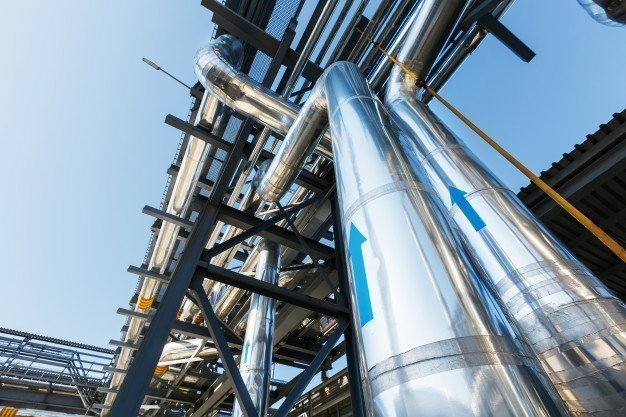Oil prices rebounded on Thursday after falling more than a dollar a barrel the previous day, supported by strong fuel demand data from the United States, the world’s largest oil consumer.
Brent crude futures rose by 17 cents, or 0.2%, at 0653 GMT to $76.58 a barrel, while WTI crude futures climbed 17 cents, also up 0.2%, to $72.73.
A sharper-than-expected decline in US gasoline inventories pushed prices higher, reflecting stronger demand for transportation fuels in the US.
However, investors remained cautious as rising global interest rates continued to fuel recession fears.
Brent crude oil prices have recently managed to recover somewhat from previous technical oversold conditions, but progress has stalled somewhat as unresolved global banking concerns take hold of the sentiment.
Continued downside risks to global growth conditions could squeeze prices into a range with the potential to move forward, and a more tangible catalyst may be needed for further push.
The latest US data showed consumer prices rose in April, raising the possibility that the Federal Reserve will maintain higher interest rates, which may have had the indirect effect of lowering oil demand.
Meanwhile, U.S. gasoline stockpiles fell 3.2 million barrels last week, much more than analysts’ forecast of a 1.2 million barrel drop, according to the latest data from the U.S. Energy Information Administration (EIA).
Distillate stocks also fell, while US jet fuel demand rose to its highest level since December 2019, though the uncertain economic backdrop overshadows prospects going forward.
While US inflation fell more than expected in April, fears that the impact of recent rate hikes are now surfacing in the US economy.
Meanwhile, investors are watching the US government’s detailed talks to raise the $31.4 trillion debt ceiling that began Wednesday, and Republicans continue to insist on spending cuts.
Investors began to worry more about the risk of an unprecedented default on Wall Street, it drove the cost risk of insuring the US government’s debt to record highs.

